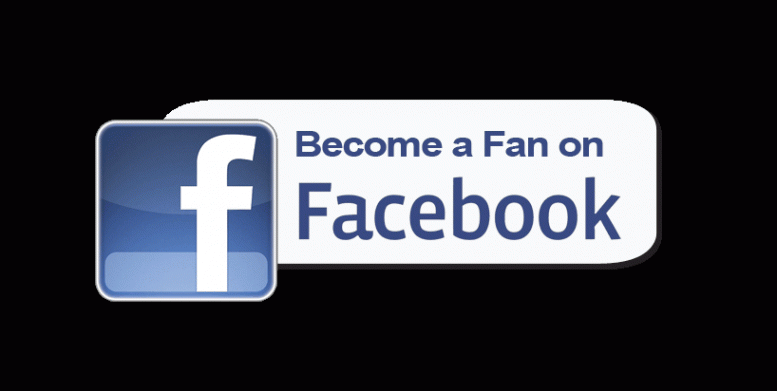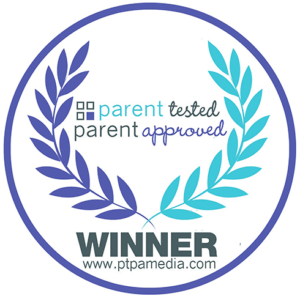How can signing with your child help him/her with their speech development? Here, we have a guest post written by Misty Weaver of Baby Sign Language. She shares with us some tips and how baby sign language works. Thank-you Misty for the great article.
Baby Sign Language And Speech Development
Child development experts have been arguing about Baby Sign Language for years – does it slow down the process of learning to talk or does it actually help? Or, does it have no effect at all? Read on to find out more…
How Do Babies Learn To Talk?
From an early age, babies try to communicate in many different ways – through their facial expressions, by smiling, babbling, crying, trying to move nearer to Mommy, using arm gestures, even by whining. The techniques babies use to communicate their needs are as unique and individual as they are. But there are similarities amongst all babies, and one of these similarities is that they like to use hand gestures before they can actually speak.
How Does Imitation And Repetition Help?
Babies learn by imitation. Through all forms of interaction – play, quiet time, watching and listening, signing or talking – your baby is learning from you and the world around them. Whether they are learning how to talk, how to sign, or just how to interact with others, repetition is one of the ways they learn important messages about how to behave. Baby Sign Language involves both imitation and repetition, which is why it is so much fun for babies to learn.
How Does Baby Signing Help With Communication?
The most important way to communicate with babies is to let them know you have received their message. Nod, or smile, or pick them up. Make sure your response fits whatever your baby is trying to communicate. One of the great things about Baby Sign Language is that it gives both babies and parents another tool for communication. Many studies show that signing does not replace speech, but actually aids its development, by improving a baby’s confidence in its ability to communicate.
Babies who are better able to communicate their needs will develop more confidence than babies who struggle to be understood. This is because every time you respond to your baby in a way which validates his efforts at communication, his confidence in his abilities grows. As your baby’s confidence grows, so will his abilities. It is a positive spiral. But the converse is also true – if a baby does not learn that his efforts at communicating are successful, he may either withdraw, or develop more and more extreme ways of getting your attention!
Can Baby Sign Language And Speech Work Together?
It’s important to remember that talking is only one part of communication – and for most pre-school children it’s a pretty small part. Children communicate with us and each other through touch, facial expressions, tone and volume of voice, by telling stories and through play. They also instinctively communicate by using hand gestures – such as signs. Talking is a natural progression for children as they learn to listen to the world around them, and talking to your children, by reading stories and explaining every day activities, is a great way to encourage speech. If you add sign language into the mix, you are simply giving your child another tool for expressing themselves.
Monday, August 23, 2010
Subscribe to:
Post Comments (Atom)






0 comments:
Post a Comment